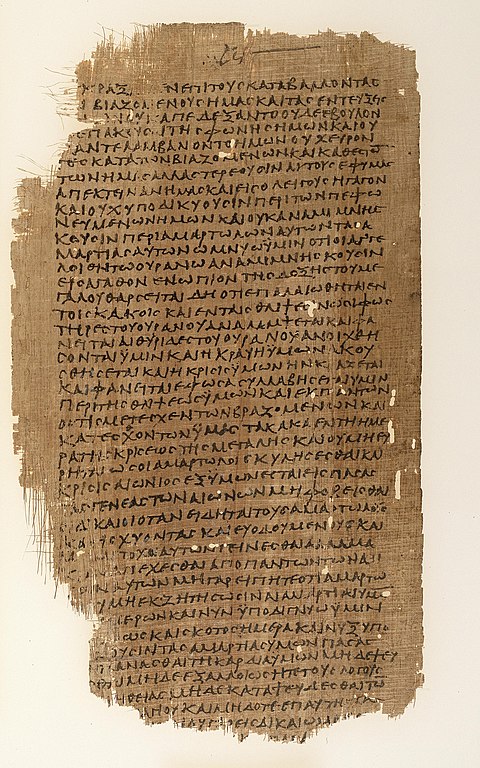Difference between revisions of "Template:POTD protected"
Occultwiki (talk | contribs) |
Occultwiki (talk | contribs) |
||
| Line 1: | Line 1: | ||
{| role="presentation" style="margin:0 3px 3px; width:100%; text-align:left; background-color:transparent; border-collapse: collapse; " | {| role="presentation" style="margin:0 3px 3px; width:100%; text-align:left; background-color:transparent; border-collapse: collapse; " | ||
|style="padding:0 0.9em 0 0;" | [[File: | |style="padding:0 0.9em 0 0;" | [[File:Book of Enoch.jpg|300px|thumb|]] | ||
|style="padding:0 6px 0 0"| | |style="padding:0 6px 0 0"| | ||
'''[[ | The '''''[[Book of Enoch]]''''' is an ancient Hebrew apocalyptic religious text, ascribed by tradition to Enoch, the great-grandfather of Noah. Enoch contains unique material on the origins of [[demon]]s and Nephilim, telling why some [[angel]]s fell from heaven, an explanation of why the Genesis flood was morally necessary, and prophetic exposition of the thousand-year reign of the Messiah. | ||
Three books are traditionally attributed to Enoch, including the distinct works 2 Enoch and 3 Enoch, although none of the three books are considered canonical scripture by the majority of [[Judaism|Jewish]] or [[Christianity|Christian]] bodies. | |||
<p><small> | The older sections I Enoch (mainly in the Book of the Watchers) of the text are estimated to date from about 300–200 BC, and the latest part (Book of Parables) probably to 100 BC. | ||
<p><small>Photo Credit: University of Michigan, Ann Arbor Library</small></p> | |||
[[:Category:Images|'''(More Images)''']] | [[:Category:Images|'''(More Images)''']] | ||
<div class="potd-recent" style="text-align:right;"> | <div class="potd-recent" style="text-align:right;"> | ||
Revision as of 03:15, 2 May 2024
|
The Book of Enoch is an ancient Hebrew apocalyptic religious text, ascribed by tradition to Enoch, the great-grandfather of Noah. Enoch contains unique material on the origins of demons and Nephilim, telling why some angels fell from heaven, an explanation of why the Genesis flood was morally necessary, and prophetic exposition of the thousand-year reign of the Messiah. Three books are traditionally attributed to Enoch, including the distinct works 2 Enoch and 3 Enoch, although none of the three books are considered canonical scripture by the majority of Jewish or Christian bodies. The older sections I Enoch (mainly in the Book of the Watchers) of the text are estimated to date from about 300–200 BC, and the latest part (Book of Parables) probably to 100 BC. Photo Credit: University of Michigan, Ann Arbor Library |
